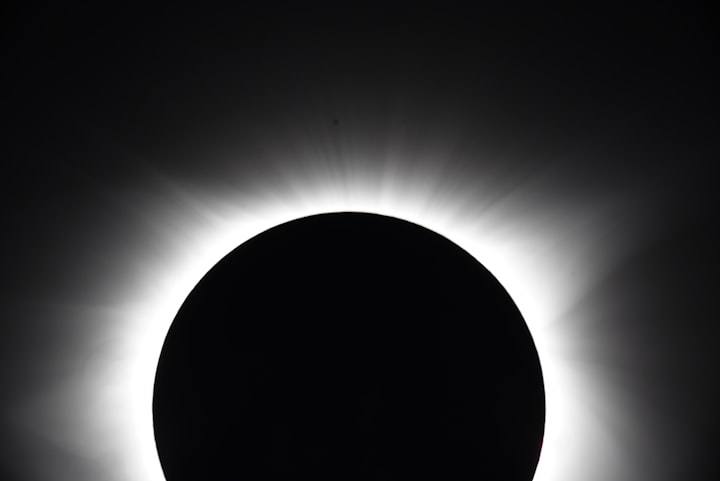Wildfire Season in Canada and Climate Change
Wildfire season in Canada runs every year from May through October. Find out why climate change is making this year’s forest fires the most intense and destructive ever recorded.

My career as a travelling consultant gave me the chance to live and work in a wide range of places. One trip took me to a picturesque, lakeside city in Northwestern Ontario called Kenora.
In those days, the Kenora airport was a small, somewhat informal place. It was a hot summer day, and passengers were encouraged to wait for their planes outside on the apron, using their carry-on luggage for seats.
As we waited, a group of fit but fatigued young men joined us on the tarmac. They all wore the same soot-covered orange jackets and lugged a huge, green canvas canoe pack holding their belongings.
Fire Season Arises Every Year from May through October
It was fire season, and they were a team of Ontario FireRangers. Every year, from May through October, they take on the gruelling job of protecting forests, people and communities from wildfire.
Wildfire season has come again in Canada, and this has been the worst one in our history. The Canadian Wildland Fire Information System reports that it’s 13 times worse than normal, with 2,214 fires burning over 43,000 square kilometres of wilderness and 100,000 people evacuated.
Our country is currently at National Preparedness Level 5. That means all of Canada’s available resources are fighting these fires, along with reinforcements from other countries including the US, Australia, New Zealand, South Africa, France, Portugal and Spain.
Most Intense Fires in Alberta, Nova Scotia, Ontario and Quebec
The wildfires have affected every province and territory except Prince Edward Island and Nunavut. The most intense fires have been in Alberta, Nova Scotia, Ontario and Quebec.
Smoke from these forest fires has caused air quality alerts across Canada and the United States. It’s even affecting parts of Europe, especially Norway.
Edward Struzik is a research fellow at the Institute for Energy and Environmental Policy at Queen’s University in Kingston, Ontario, Canada. He’s been writing about scientific and environmental issues for the past three decades.
“Spring is Coming Earlier and Fall is Coming Later”
Mr. Struzik recently spoke to CBS News about this year’s record wildfire season. "Spring is coming weeks earlier and fall is coming weeks later,” he explained. "More time for the fires and grasslands to burn.”
The jet stream plays a major role in Canada’s weather, making it move from west to east. It’s also an important factor in preventing the ignition and spread of wildfires.
Global warming is more intense near the Earth’s poles than it is near the equator. Because the jet stream’s strength is a function of the temperature difference between the Arctic and southern Canada, it’s been getting losing its strength.
“Jet Stream is Weaker, a Little Wonkier”
"Now that the Arctic is warming faster than the rest of the world, the jet stream is weaker, a little wonkier,” Mr. Struzik explained. “That's one reason why we see hot, dry weather systems stall, allowing heat domes to build and set the stage for fire.”
I can attest to the hot, dry forest conditions this spring. I’ve never seen such arid conditions at the family cottage near Tobermory, and the Bruce Peninsula National Park rates the fire risk up there as “extreme.”
Forest fires have two main causes, lighting and human activity. The lightning-caused fires are the most destructive, causing over 85% of Canada's wildfire damage.
Lightning-Wildfire Connection is a Vicious Circle
This lighting-wildfire connection is a vicious circle. Lightning causes forest fires, which emit smoke into the atmosphere.
Smoke raises the atmospheric temperature, causing more lightning. More lightning causes more wildfires, which further raise the temperature, and so on.
“Most fires in the boreal forest of northern Canada are started by lightning," Mr. Struzik explained. “A one-degree Celsius increase in temperature amounts to about 12% more lightning.”
“As the Climate Heats Up, the More Triggers There Are”
“So the warmer it gets as the climate heats up, the more triggers there are for fires to burn,” Mr. Struzik said. The split between lightning and human-caused fires is generally about 50/50, with railroads being a frequent artificial trigger.
Climate change causes another vicious cycle during Canada's spring snow melt. Global warming makes the snowpack melt earlier and faster, leading to hotter and dryer conditions throughout Canada’s fire season.
It rained on June 9, which improved the air quality in northeastern cities like Toronto, Montreal and New York. Authorities had been warning people to stay indoors if possible, and to wear masks when outside.
Not Much Long-Term Relief in Sight
Even so, there’s not much long-term relief in sight. Meteorologists are forecasting the same warm, dry conditions for the rest of the Canadian wildfire season, which means even more forest fires will ignite and spread.
Mr. Struzik points out that, “Forest land-grabbing and negligence has also fuelled numerous fires in the past and present.” The catastrophic wildfire season Canada is now enduring seems to be the result of an attitude that sees nature as merely a resource to exploit.
And Another Thing…
Humanity needs a new, science-based story that helps us realize that human activity and disruption of ecosystems have devastating consequences for people and for our planet. As the vicious circles described above show, human actions, our climate and mass extinctions are all interrelated, and we need to raise awareness of those connections.
As Mr. Struzik points out, "We have yet to learn to live with the fires that we have stoked by burning fossil fuels, draining wetlands and suppressing natural fires that would have otherwise produced more resilient forests.”
We always have more to learn if we dare to know.
Learn more:
How did the Canadian wildfires start?
Despite its long history of wildfires, Canada still doesn’t know how to live with them
Dark Days at Noon: The Future of Fire
UN Report Calls for Urgent Climate Action
About the Creator
David Morton Rintoul
I'm a freelance writer and commercial blogger, offering stories for those who find meaning in stories about our Universe, Nature and Humanity. We always have more to learn if we Dare to Know.






Comments
There are no comments for this story
Be the first to respond and start the conversation.